10 Apr Exercise Management for Pelvic Organ Prolapse (POP)
Written by Megan Dame, Accredited Exercise Physiologist
What is Pelvic Organ Prolapse?
Pelvic Organ Prolapse also referred to as POP, is when one or more of the organs in the pelvis (bladder, rectum, or uterus) becomes weak or loose and protrudes into the vagina (Continence Foundation of Australia).
The pelvic organs are supported by the interaction of ligaments, muscles, and connective tissue that make up the pelvic floor (Continence Foundation of Australia).
When the pelvic floor becomes weak it can impair its function of (Women’s Health Collective):
-
- Supporting the pelvic organs
- Resisting downward pressure from Intra-abdominal Pressure (an increased abdominal pressure caused by actions like coughing and sneezing)
- Closing of sphincters.
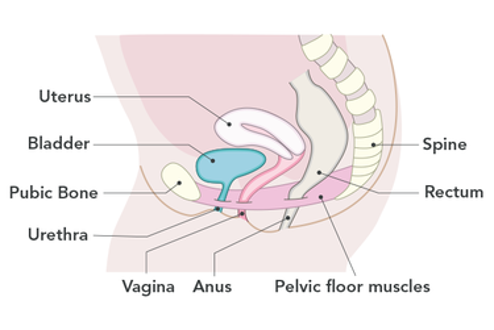
(Photo Source: Jean Hailes)
How common is POP?
POP affects up to 50% of adult women, and commonly occurs after having menopause, if you are overweight or after giving birth (Continence Foundation of Australia).
Types of POP
There are three common types of POP, including (Office on Women’s Health):
- Dropped bladder (Cystocyele): This is when the bladder bulges into the vaginal space and is the most common form of POP.
- Dropped uterus (Uterine): This is when the uterus bulges into or out of the vagina.
- Dropped rectum (Rectocele): This is when the rectum bulges into or out of the vagina.
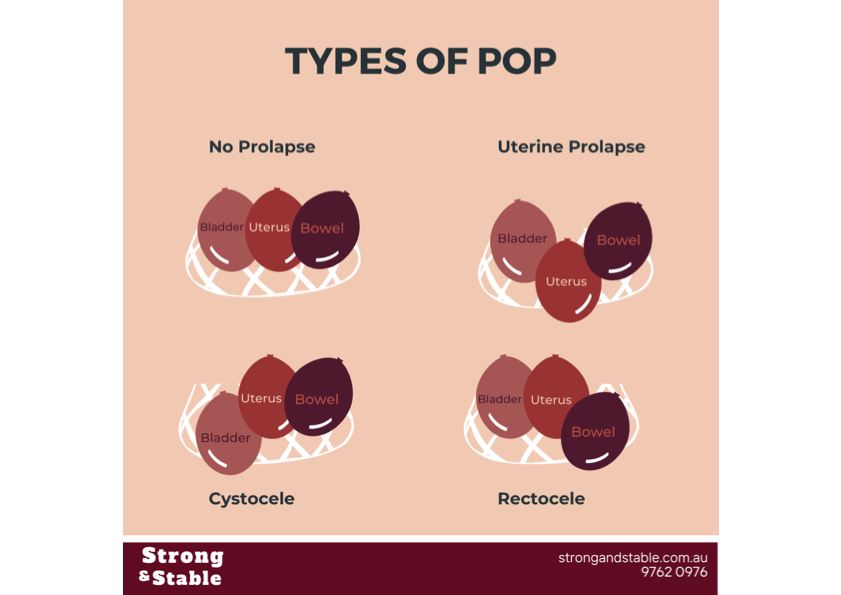
What are the Signs and Symptoms of POP?
Common signs and symptoms of POP, but are not limited to include (Continence Foundation of Australia):
- An observable bulging lump out of your vagina
- A dragging sensation in the vagina
- Difficulty emptying bladder or bowel
- Recurring urinary tract infections
- Pain in the lower back, pelvis, or abdominals
- Lack of sexual sensation
- Struggles to keep a tampon in.
Please see your General Practitioner if you are experiencing these above symptoms and have not been diagnosed with POP, for further investigation.
Stages of POP
There are 4 stages of POP that will help guide the most appropriate treatment pathway for you. These include (Women’s Health Collective):
- Stage 1: The organ is greater than 1cm away from the vaginal opening and is in the upper half of the vagina.
- Stage 2: The organ has descended to nearly the vaginal opening.
Stages 1 and 2 are common stages in women postpartum and can be reversed.
- Stage 3: The organ has everted 1cm and protrudes out of the vagina. Conservative interventions like exercise can manage symptoms.
- Stage 4: The organ has completely everted and outside of the vagina. Typically require a combination of approaches both surgically and conservative.
How does exercise help POP?
Whether you do or do not require surgery, exercise plays a pivotal role in strengthening your pelvic floor muscles and the muscles surrounding them. Particular exercises can greatly manage and improve symptoms from POP, however, certain exercises can make symptoms worse (Exercise Right).
An Accredited Exercise Physiologist is appropriately trained in prescribing exercises that are safe and effective for managing POP.
Exercises to Avoid if you have POP
The following exercises are advised against if you have POP as it can make your symptoms worse:
- Valsalva moves (holding your breath)
- Plyometric exercises (impact exercises like jumping and hopping)
- Wide legged exercises (side steps and wide legged squats)
- Weighted exercises that place a large amount of downward pressure (lat pull down, back squats, overhead press)
- Core exercises that result in poor recruitment of your core (sit-ups and crunches)
- Exercise involving prolonged static standing.
Safe Exercises if you have POP
The following exercises are supported if you have POP as they will not make your symptoms worse (Women’s Health Collective):
- Low impact cardiovascular exercise like walking
- Swimming
- High rep low to medium weights
- Speed walking.
Exercise Treatment for POP
In regards, to exercise treatment for managing POP an Accredited Exercise Physiologist can guide you through a tailored program that includes (Women’s Health Collective):
- Teaching you how to correctly recruit the muscles that make up your true core (Transverse Abdominis and Pelvic Floor) to ensure correct support to your pelvic organs.
- Ensure you have good posture as a forward posture can increase downward pressure on the pelvic floor and can impact bladder and bowel control.
- Strengthen the muscles that surround your pelvis like your glutes, hamstrings, adductors, lower back, and abdominals as these muscles support your pelvic floor.
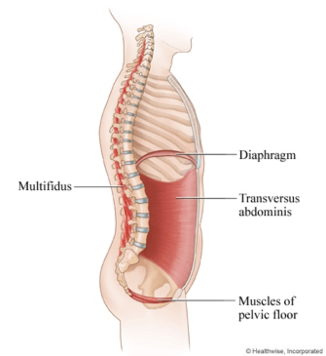
Top Tips to Consider when Strength Training with POP
Below are listed some important things to consider when performing strength training with POP to reduce downward pressure on the pelvic floor (Women’s Health Collective):
- Exhale on the hardest part of the movement and inhale on the easiest part of the movement (e.g., inhale as you squat down and exhale as you stand up)
- Vary the positions you are in during your training session, for instance, perform a range of sitting, standing, and lying exercises
- Start initially with feet in a narrow stance
- Progressively increase repetition of an exercise before increasing weight.
Further Resource
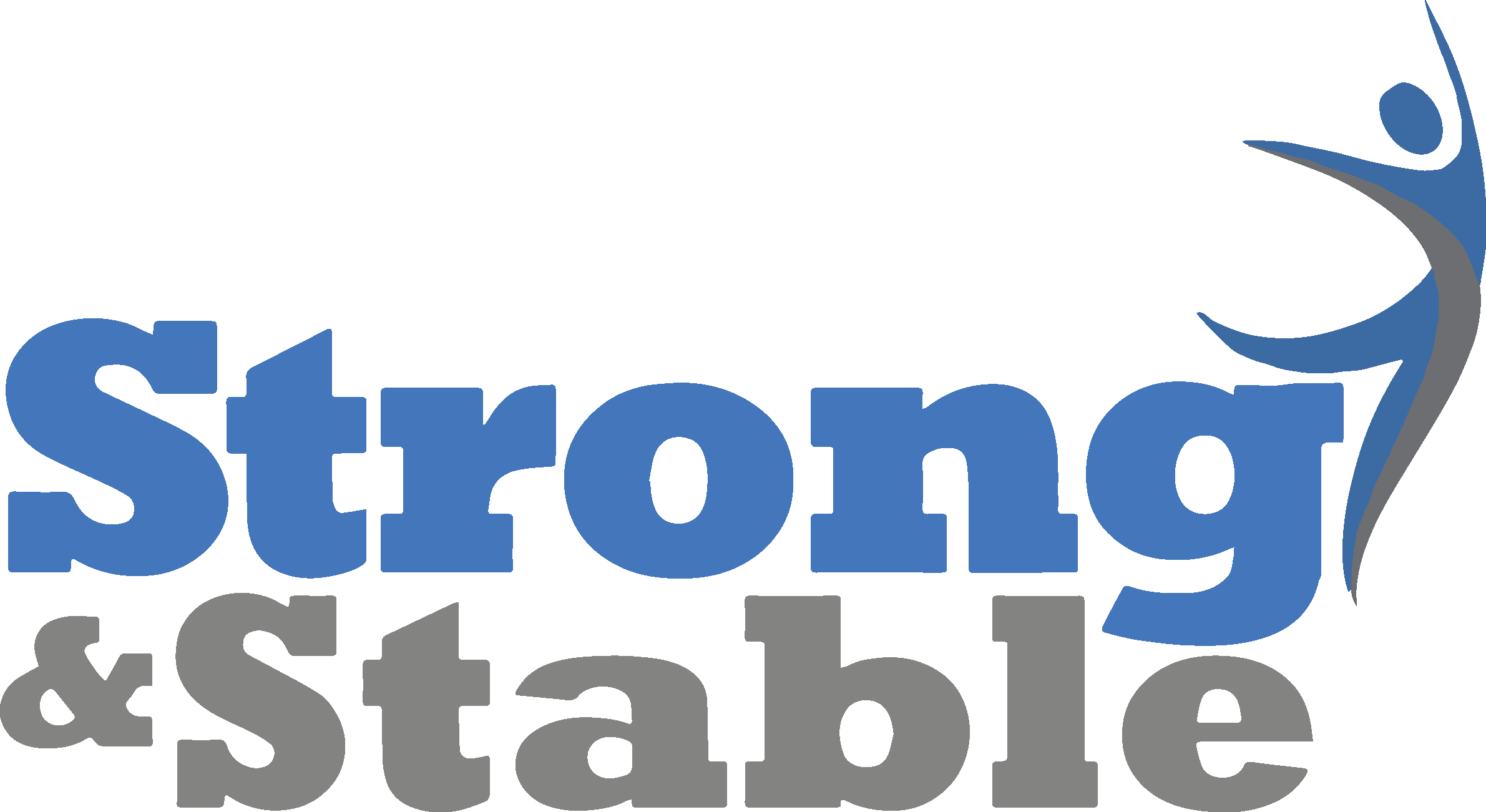
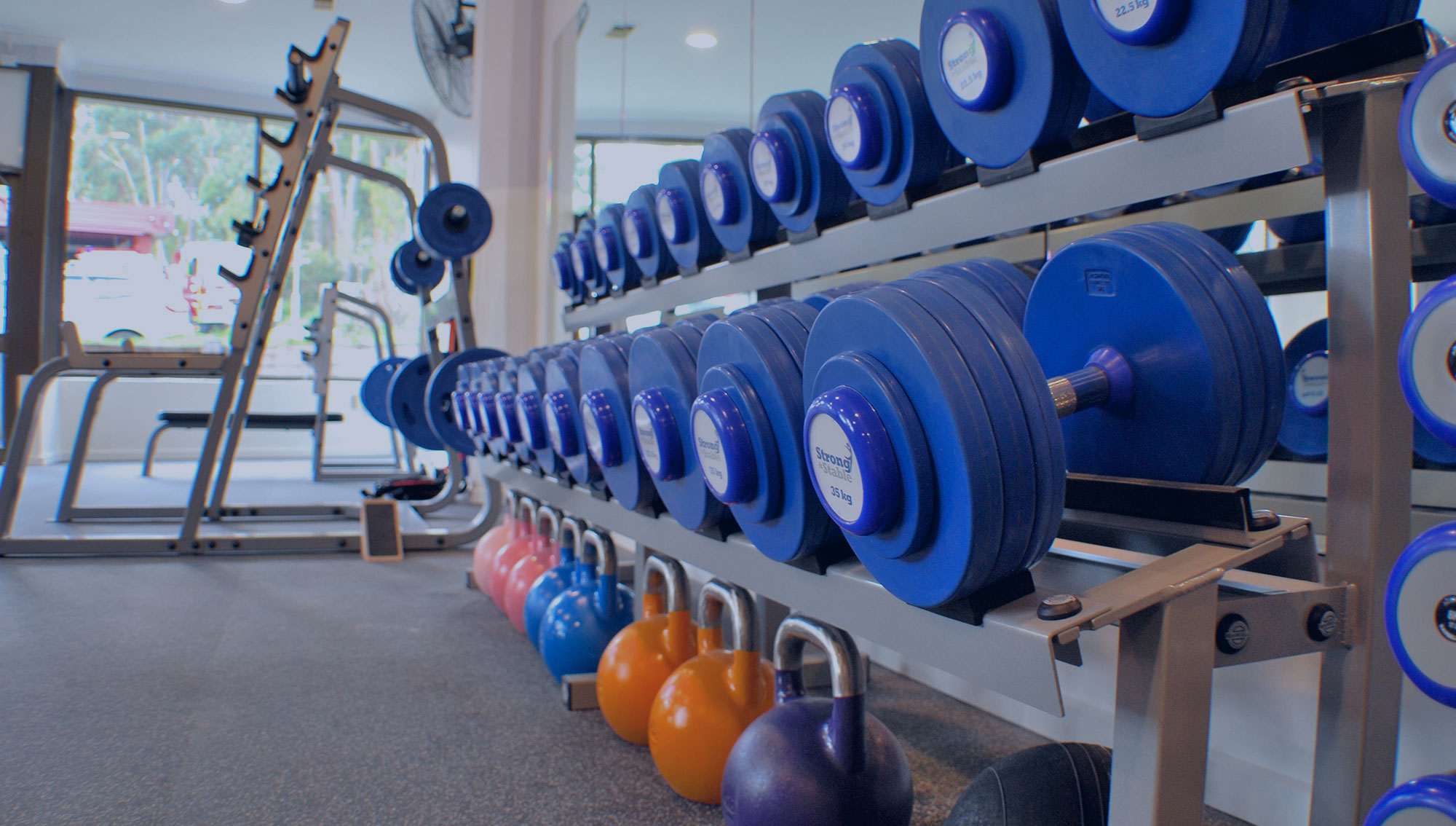
Sorry, the comment form is closed at this time.